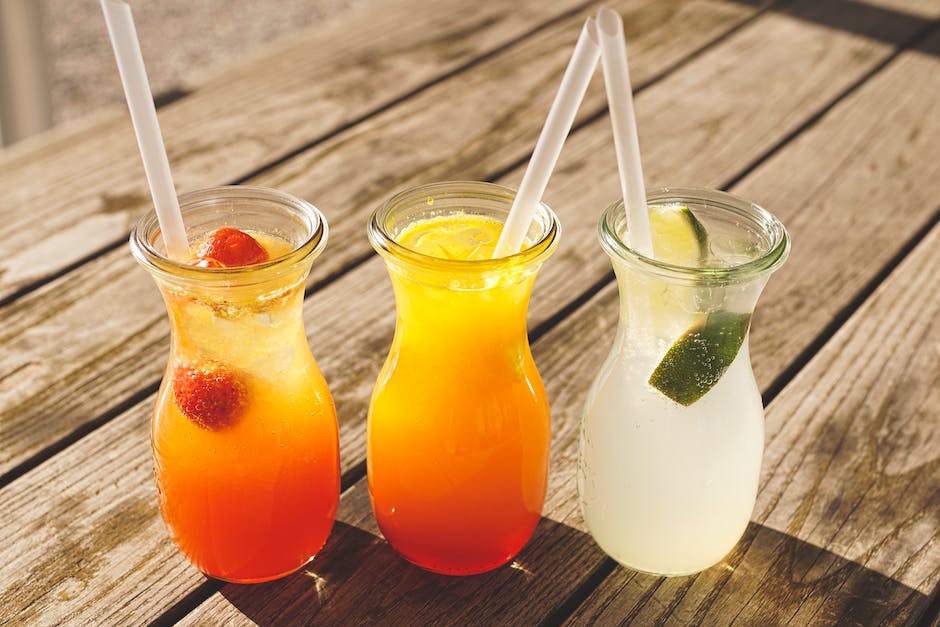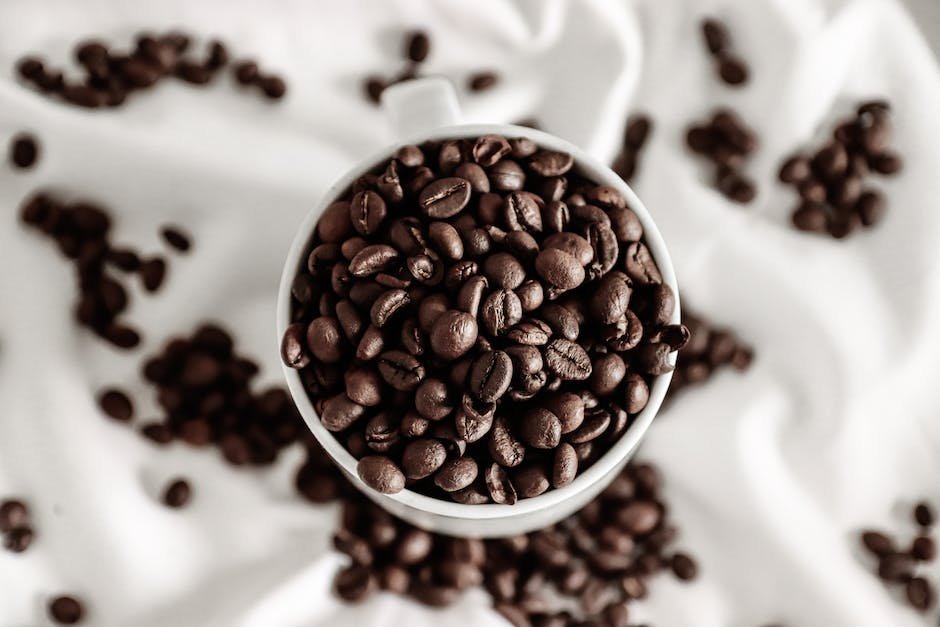When making drinks with milk, you should always be aware of how many ounces of milk you have! If you’re using one cup of milk, then you need to use three limes or one whole bottle of juice to make it taste right. One lime is never enough when drinking milk- unless your goal is to throw up!
If you are thinking that there is no way to know this information, then you are wrong! You can easily check how much liquid an item in the grocery store has by looking at the packaging or asking a staff member. It is very common for companies to include metric measurements so all bottles and packages contain both grams and milliliters.
But what about those products that do not? There are ways to determine the amount of drink liquids automatically match. Companies will usually put some sort of code on their product which corresponds to the type of drink they are used in. For example, if their powder is used to mix into water then they may list the word “drink” as part of the code.
By looking up these codes online, you can find out what each ingredient does and how much each individual drop contains. By doing this for every drop of each ingredient, you get an exact number for how much drink the other ingredients contribute to.
How to pick a lime

Now that you have your juice and limes ready, how many limes should you use in each glass of juice! This depends on what kind of drink you are making and whether or not it has pulp in it. For a plain green juice like our example here, one lime is enough!
For a more complex beverage with added ingredients like fruits or vegetables, one lime per person is usually adequate. Sometimes two limes may be needed if the fruit has very strong flavor.
However, if the drink has lots of pulp or additional liquid such as milk, then half a lime is enough! It all comes down to personal preference really. If you like stronger flavors, then use more limes!
General tips: When juicing, make sure to cut the limes in half only after you have squeezed out all the juice. Do not squeeze them first and then add them later because they will lose their shape and taste.
How to juice a lime
The first thing you should do is wash your lime thoroughly! This will remove all of the natural oils that can sometimes get dried in when juicing. You want to make sure there are no leftover bits of product in the skin or between the layers of flesh.
After it has been washed, cut off both top corners of the lime. Now take one side edge and pull it up towards the center- making it longer. Repeat this process with the other three sides until the whole piece comes away easily.
Now put the peeled part into a bowl half full of water and use a paring knife to scrape all of the white pithy material out. It may help to add some citrus oil to aid in this process as well.
Once everything is removed, squeeze the rest of the liquid out of the membrane area. There should now be enough fluid inside to make 2 tablespoons of fresh lime juice.
Add this juice to your freshly prepared glass of greens or drink yourself! Make sure to taste it and see if they need more acid or salt before serving.
Calculate the amount of limes you need
In our article earlier, we discussed how many lime halves you should have depending on your taste. Now that you have those in order, it is time to calculate how much juice you have!
We mentioned before that one whole lime will not make enough liquid to be worth it, so what about half a lime? That can make quite a difference!
If you were given one quarter cup (50 mL) of citrus juice, then you would know that you could either put two limes into that or just one. It depends on whether you like more acid or sweet flavors respectively.
Know your ingredients
As we have seen, there are several ways to make sure you do not go too many limes in your drink, but what if there were no limes in the drink?
What if I told you that by mixing things together properly, you can actually create a good-tasting liquid without any lime or citrus at all!
This will not work for everyone, as some people prefer the tangy flavor of fresh citrus, but it is an interesting concept nonetheless. It also does not require exact measurements, which makes it very versatile.
The ingredient needed to produce this unique taste is agave nectar. What is agave nectar? It is a natural sweetening agent used mostly in health foods.
It is about twice as strong of a sugar than regular white table sugar. However, it does not contribute much calories due to its lower boiling point. That means you cannot use too much without creating a more expensive beverage!
Agave has a slightly salty undertones that play well with the slight acidity of the plain water you mix it into.
Consider the ingredients you are working with

For instance, if you like spicy foods, then your juice can be more seasoned than someone who doesn’t. If you love berries, add some to make your drink taste better!
If you like things that are sour, then use less sugar or have it be weaker so it tastes nicer!
And if you don’t like carrots, try them in this recipe first to see if you like them before adding lots of them into your smoothie.
Blend all these ingredients together in a blender and you have yourself a delicious beverage!
Many people mix up their juices by putting too much liquid in and not enough vegetables and fruits, which is why there are health benefits in doing this.
Always peel your limes
When baking, it is very important to always have enough ingredients! This applies particularly true when talking about measuring liquids such as water or sugar in recipes.
If you run out of liquid during cooking, the food will not taste right and could even be bad for you. Liquid levels are what helps make foods flavorful and show off all the nutrients that ingredient has.
When baking with lemons, try using dried lemon powder instead of using fresh lemons directly. The same goes for lime juice. Lime zest can also be used in some recipes in place of regular citrus zests.
Try new recipes
In addition to changing up the ingredients in your drink, you can also try making your own mixed drinks! There are many easy ways to do this.
Simply grabbing any old mix-maker tool at your local grocery store or online shopping site will almost always include measurements for each ingredient. By looking these up online or through a manual, you should be able to make an excellent start when mixing your cocktails.
Some of the more difficult things to find are alcohol contentingues, so look out for those! Luckily, we have some helpful tips here as well!
Remember that every liquor bottle is different, so check their labels to determine how much liquid they contain! Also, remember that strong alcohols like vodka and whiskey usually say “volume” instead of just saying alcoholic beverage on the label.
And lastly, stay hydrated! We recommend staying average (2–3 cups) if you don’t want to spend too much money on extra water bottles.
Make homemade juice
Making your own fresh juices is an excellent way to ensure you are giving your body the best possible nutrients. Unfortunately, there’s no standard measure for liquid measurements in most recipes.
Most recipes call for one cup of fruit or vegetable per half a cup of juice. But what does that mean? Does one lime make one-half cup of juice? Or do they each make one whole cup?
The difference can be significant when it comes to nutrition! A small amount of some fruits and vegetables may not contain enough nutritional value to satisfy their glass requirement.
At least where we know about (and likely even some brands too!), oranges, grapefruit, and limes contain almost zero vitamin C content after peeling. The peel contains all the Vitamin C the fruit has, but only if you ingest the pulp along with the peel.
That means unless you’re very careful to drink the water and eat any leftover pulp, you’re potentially wasting a valuable nutrient.


















